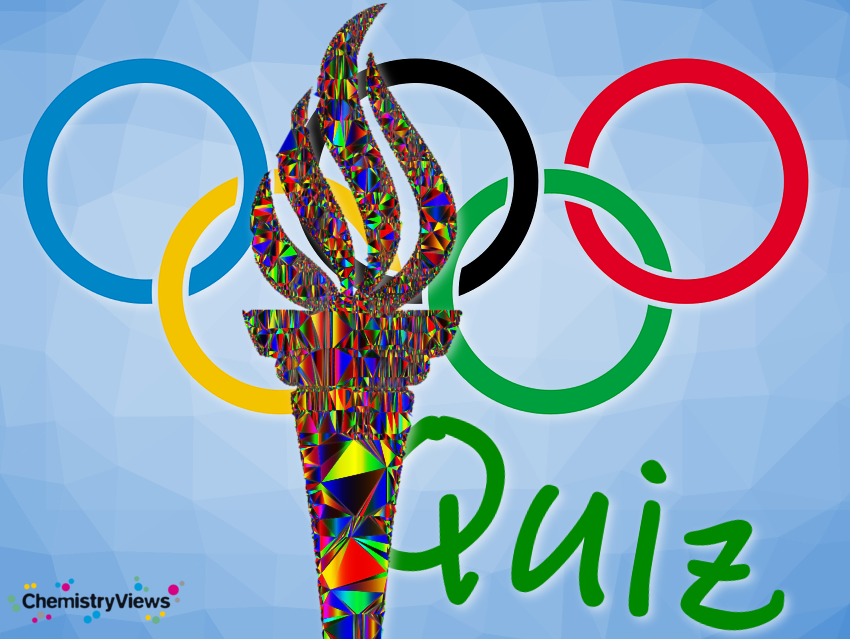How much do you know about the background of the reliable and media-effective transport of the flame?
1 How does the Olympic Torch Relay work?
The Olympic Torch Relay is an opening ceremony of the Olympic Games in modern times. The tradition of the Olympic torch goes back to ancient Greece.
In front of the ruins of the Temple of Hera in Olympia, Greece, a flame is lit with the help of a concave mirror by focusing the sunlight. This ceremony takes place a few months before the opening of the Olympic Games. The flame is then carried in a clay vessel to the ancient stadium. Actresses in the role of priestesses hand it over to the first runner with the help of a torch. Runners then make their way with a torch to the venue of the Olympic Games and deliver the fire.
During the entire torch relay, the Olympic flame must not go out; otherwise, according to the ceremonial in Olympia, it would have to be rekindled. For this reason, today the mother flame is carried in three safety lanterns, from which the flame can be taken again.
2 What burns in the torch?
- Wood
- Pitch
- Magnesia
- Gas
Answer 4
Torches used to be powered by pitch or kerosene. For the Olympic Torch Relay, substances such as magnesium, black powder, resin, olive oil were experimented with. The first liquid fuels were introduced at the 1972 Olympic Games in Munich, Germany. The fuel is stored under pressure as a liquid but burns as a gas to produce a flame. For example, propylene or propane/butane mixtures were used.
The liquid fuel is stored in an aluminum canister inside the torch. It flows up through a pipe to the top of the burner. Before it leaves the pipe, it is forced through a tiny hole. Here, a pressure drop occurs and the liquid turns into a gas. This is burned and produces the flame.
Often a system with a double flame is used. An external flame burns slowly and at a lower temperature than an internal flame. The external flame is large and bright. It is easy to see, but unstable, for example, in windy conditions. The interior flame burns hotter and produces a blue flame. It is small and very stable because it is protected by its inner location. It acts as a pilot flame that can reignite the outer flame should it go out.
The current torch uses two combustion mechanisms: the high calorific blue flame and a flameless mechanism based on a catalytic reaction. For the first time, hydrogen will be used to power the Olympic torch.
3 How do the different colors from white to yellow-red of the torches come about?
- There are no different colors
- Different types of gas
- Different temperatures
Answer 2
Depending on the type of gas, the color and intensity of the flame change.
4 What technical requirements must the torch meet?
(several answers are possible)
- The flare must not go out.
- The flame must be visible even on a sunny day
- The torch runners must not burn themselves.
- Easy to carry for the torch runners.
- The flare must be able to withstand difficult weather conditions such as wind, rain, snow, or extreme heat and be suitable for the most unusual types of transport.
- The flare must be sturdy and able to withstand falls of all kinds and severe inclines.
All answers are correct.
In addition, the torch must ensure a burning time that exceeds the time calculated for the stage. The runner might encounter problems on the course and even then, the flame should not go out.
To see details of the 2012 torch, see The Chemical Journey of the Olympic Torch
5 What material is the 2021 torch made of?
- stainless steel
- recycled aluminum
- recycled plastic
- glass
Answer 2
The current Olympic torch is made of 30 % recycled aluminum. It originates from the temporary housing units after the 2011 earthquake and tsunami disaster that devastated Japan’s Tohoku region. More on the Tokyo Olympic Tourch
Since the beginning of the torch relay, a wide variety of materials have been used: mainly aluminum alloys and stainless steels, but also silver, copper, nickel-plated and painted metal, various woods, plastics, and even glass.
6 What happened to the 2020 Olympic torch?
- It remained in Japan waiting for the relay to continue.
- It was extinguished and reignited in 2021
- There was none yet; it was not lit until 2021
Answer 1
The lighting ceremony was held in March 2020 at Olympia, Greece. The flame has remained on Japanese soil since it was announced that the Olympic Games of Tokyo 2020 have been postponed until 2021. The relay continued its journey on 25 March 2021 from Fukushima Prefecture.
7 What happens to the torches after the run?
- They are only a few unique pieces that remain in the host country
- They are produced in large numbers, and the runners can purchase their torch after participation
- They are produced in large numbers, and each runner receives his/her torch as a gift
- They are recycled
Answer 2
References
- Das Olympische Museum Abteilung für Bildung und Kultur, Das Olympische Feuer und der Fackellauf, Das Olympische Museum (IOC) 2013. (accessed July 19, 2021)
- Tokyo 2020 Olympic torch, International Olympic Committee (IOC) 2021. (accessed July 19, 2021)
- Stephanie Watson, How Olympic Torches Work, HowStuffWorks. (accessed July 19, 2021)
- The Chemical Journey of the Olympic Torch, ChemistryViews 2012. https://doi.org/10.1002/chemv.201200086
Also of Interest
- Collection: Chemistry & Sports
A growing compilation of articles on chemistry related to sports
published in ChemistryViews




